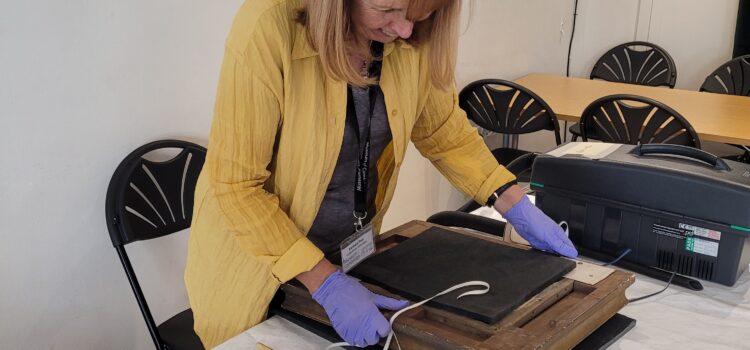Supported by a grant from the AIM and Arts Scholars Charitable Trust Brighter Day scheme
The Museum of Cambridge is proud to announce a new volunteer project aiming to reveal the hidden treasures in the Museum’s collection of framed artworks. In just over a month the team has managed to care for almost 150 objects, revealing a collection of works spanning from paintings, textiles, photography, and artworks from and of Cambridge and Cambridgeshire social history.
This project is taking place thanks to the Association of Independent Museums (AIM) Brighter Day grant. The grant will allow the Museum’s Collection Officer to manage a four-month-long project that aims to preserve its framed artwork collection and create space within the stores.
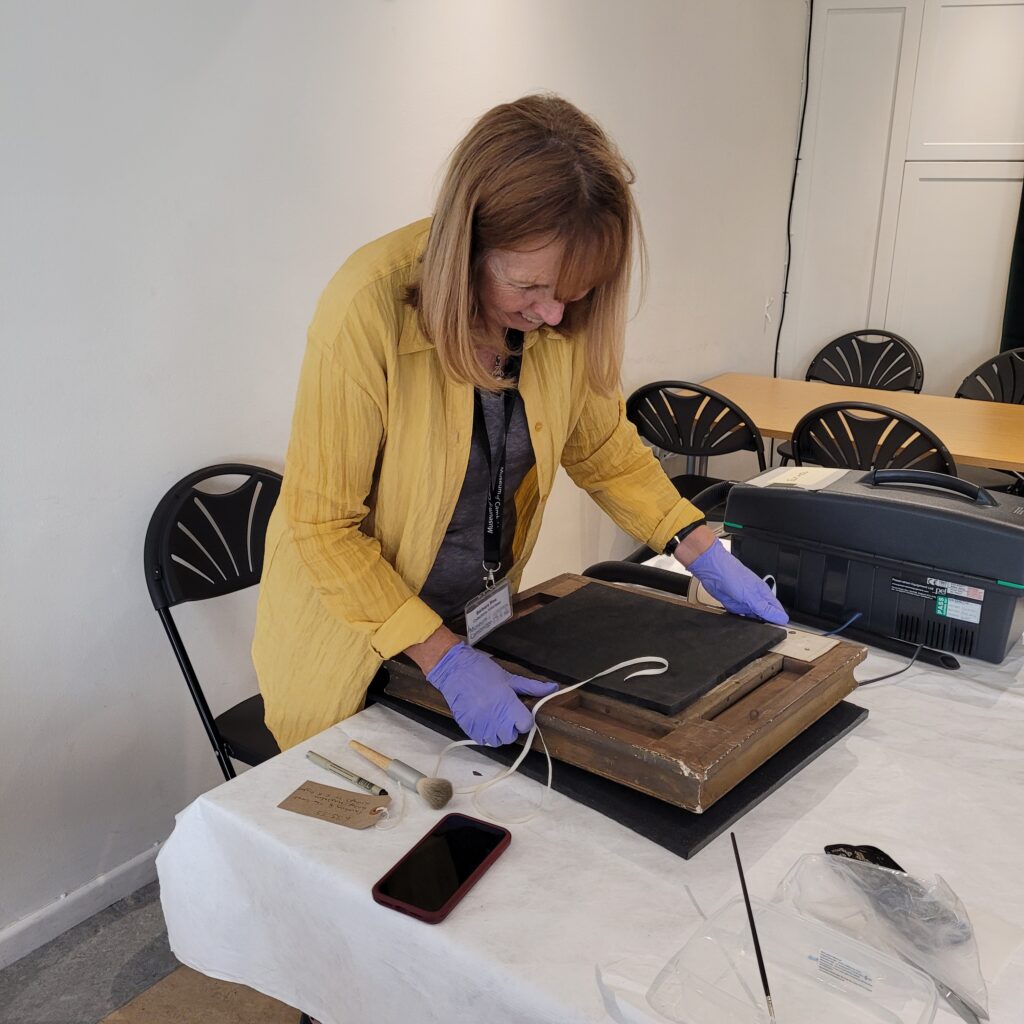

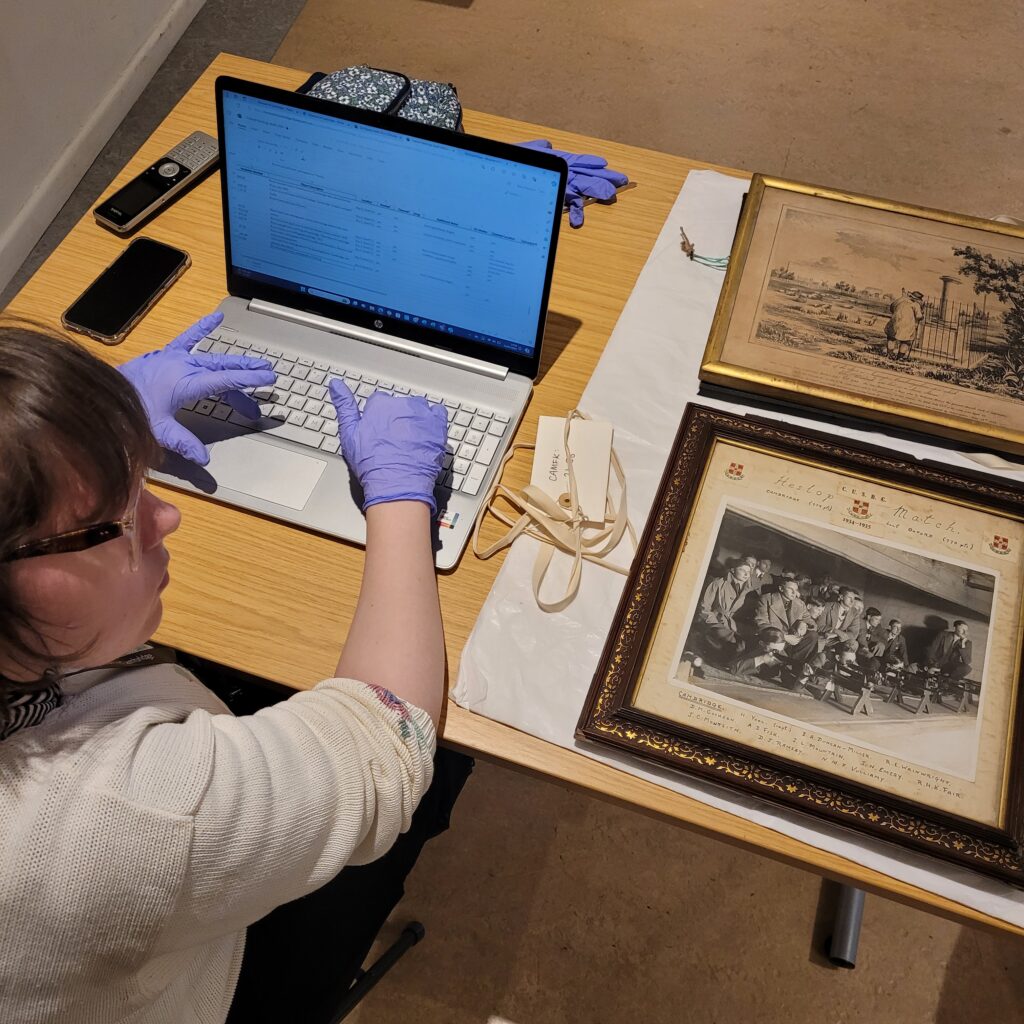
The project began in late June where a cohort of collections volunteers were recruited and have been trained in collections care by the Collections Officer, Beau Brannick. Training for volunteers includes safe object handling, learning about hazards in collections, conservation-grade cleaning techniques, marking objects discreetly and safely to help identify, photography, documentation, and packing.
These skills will be used to focus on the framed objects section in the store where each object will be cared for appropriately and improve storage areas for collections whilst creating training opportunities and skill-sharing for Museum staff and volunteers.
The project takes place each Thursday and the team of volunteers will focus on a particular section of the store. Each object will move through a collections care journey that will ensure by the end of the process each object will have:
- Been matched with its object number so its online object record can be updated with information such as thorough descriptions and its home location in the store.
- Its object number is marked clearly and safely on the object.
- Condition-checked to look for any noticeable signs of damage or hazards such as mould.
- Cleaned using conservation grade materials.
- Had photographs taken and uploaded to its object record.
- Packed appropriately and put back in the store safely.
“I’m proud to work with an excellent team of volunteers and teach them skills necessary to care for the framed objects at the Museum. We are excited to carry on caring for and preserving its framed collection over the next three months and thank the Association of Independent Museums (AIM) for its support in doing so.”
Beau Brannick, Collections Officer.
“Since starting the project we have already managed to find interesting objects which range from the object themself to the frame which has writing, and labels attached. This project is an incredibly important way of gauging what the Museum of Cambridge collection holds and how we can share these in future projects.”
Weronika Trynkiewicz, Collections Volunteer.
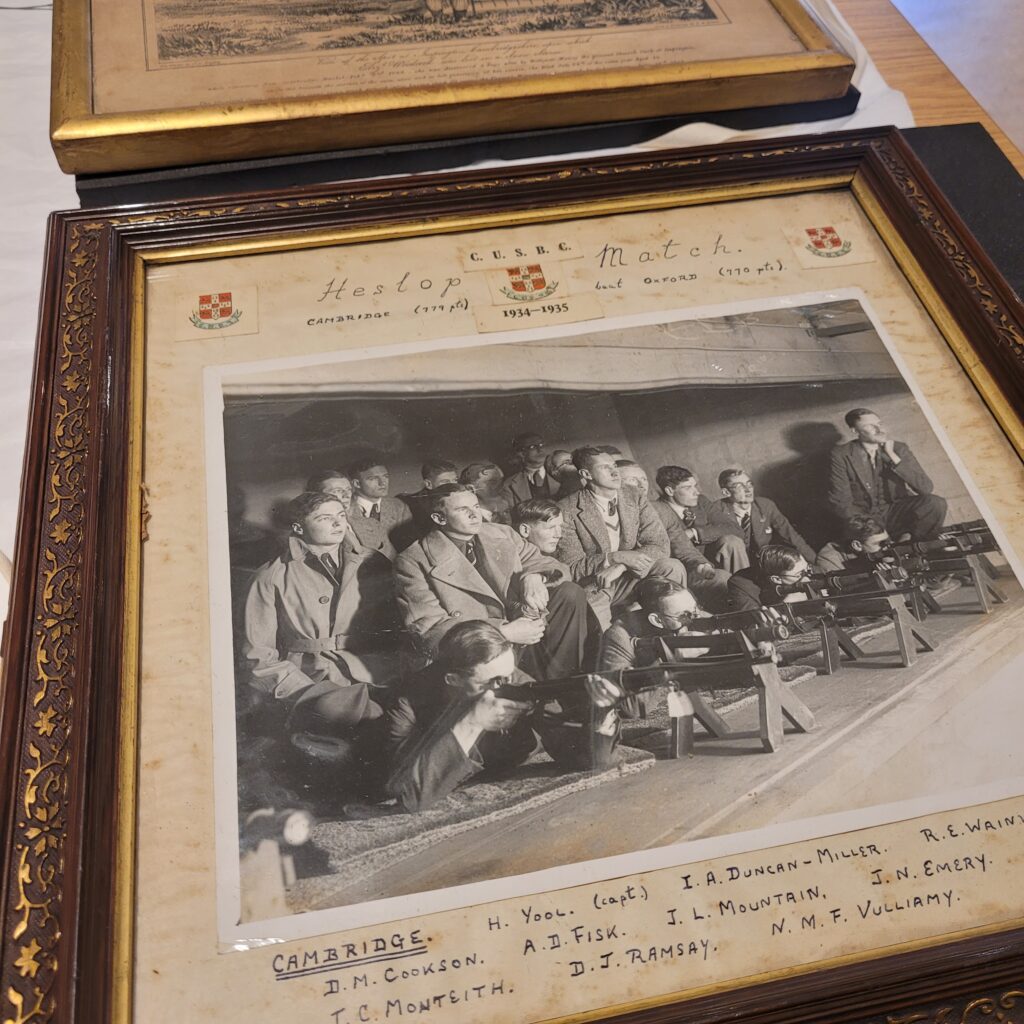
In just over a month the team has managed to care for almost 150 objects, giving the Museum an already better overall idea of where and what is in their framed collection. The Museum of Cambridge holds an exciting social history collection which includes a variety of intricately embroidered samplers from Cambridgeshire locals, historic photographs of the fens and the city of Cambridge, and an array of paintings, etchings, and sketches by notable Cambridgeshire artists including Mary Charlotte Greene (1860-1951).
Greene was a painter and teacher in Cambridge and served as the president of the Cambridge Drawing Society from 1926 to 1929. She was also the principal of the Garden Studio and throughout her life exhibited at the Royal Academy, and the Walker Art Gallery in Liverpool. Greene grew a cemented reputation for beautiful paintings of the streets, yards, and inns of Cambridge which now provide an invaluable record of Cambridge before its 20th century redevelopment.
Painting of White Horse Inn, now the Museum of Cambridge by Mary Charlotte Greene (1860-1951), 1909. CAMFK:305.80
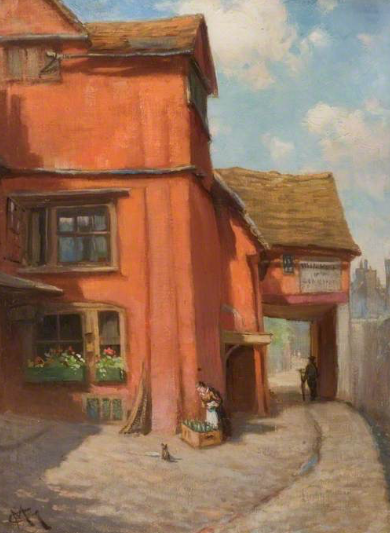
By completing this project, it will support the Museum in creating a streamlined collection that will allow greater access to objects for staff, volunteers, and the public, whilst preserving its framed artwork collection.
